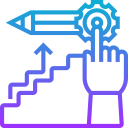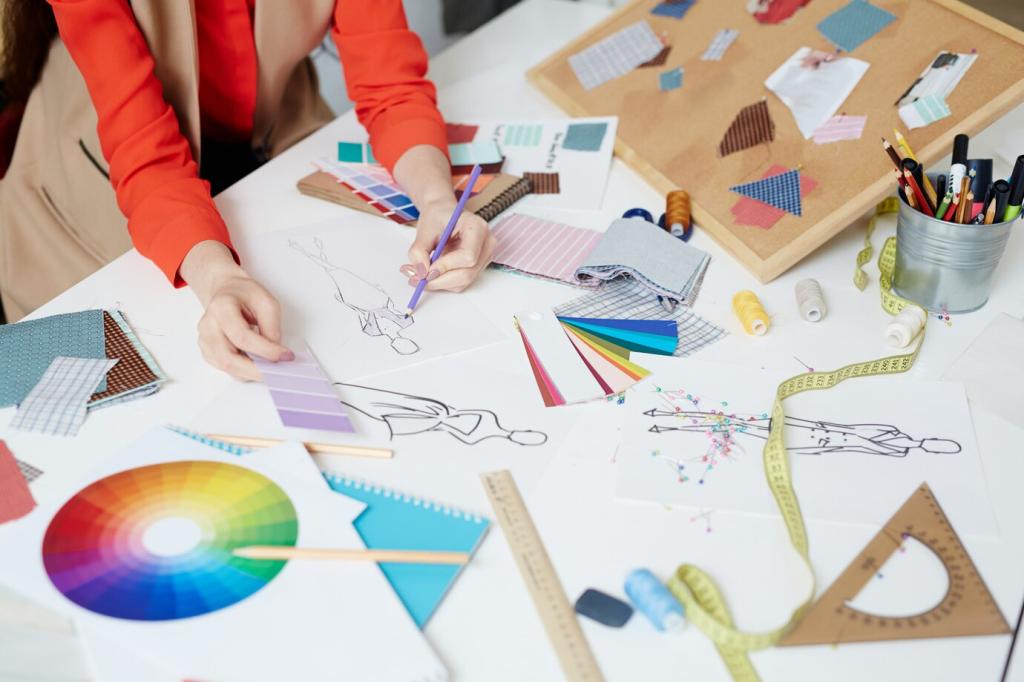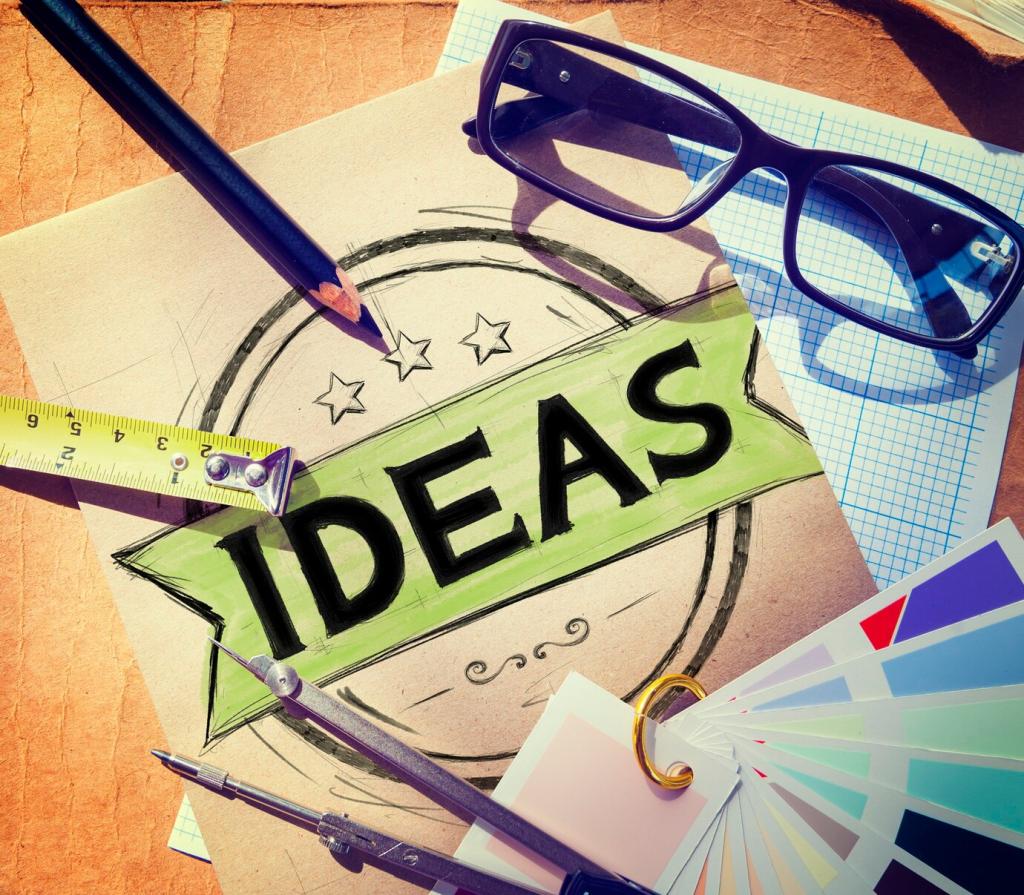Overcoming Plateaus, Perfectionism, and Burnout
Plateaus often signal comfort, not mastery. Choose a challenge five percent beyond your skills, like facilitating a workshop or running an unmoderated test. Discomfort builds range, and range builds resilience. Share the next stretch task you are committing to this week.
Overcoming Plateaus, Perfectionism, and Burnout
Set constraints to sharpen focus: one-hour redesigns, monochrome interfaces, or mobile-first flows only. Constraints reduce options, reveal patterns, and teach decisive tradeoffs. Archive your experiments as a personal library you can reference in future sprints and interviews.




